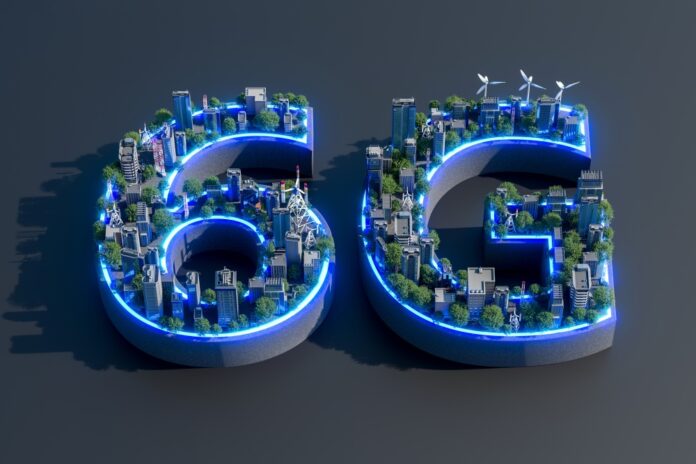NEC Corporation and BluSpecs are also involved in the effort to understand what 6G is for
The IMDEA Networks Institute has launched the ENABLE-6G project in collaboration with Telefónica, NEC Corporation and BluSpecs.
Its aim is to address the challenges 6G networks are intended to address such as more connectivity, higher performance and “advanced object and environment detection and communication”.
Interestingly, the press release is couched in terms of the challenges that 6G will face, rather than the justification for it.
This could well be because the project is funded by the European Union-NextGenerationEU and the Ministry of Economic Affairs and Digital Transformation, in the framework of the Recovery, Transformation and Resilience Plan (PRTR).
Fear of missing out
No doubt this slant is fuelled by a fear of missing out as other regions pull ahead – perhaps of most concern to the EU is China – with progress on the nextG.
The release says, “It’s necessary for 6G networks to become more adaptable and intelligent to enable the realization of a future vision that will contend with greater levels of complexity, contextualization, and data traffic while consuming less energy and offering stronger security and privacy measures. Such advancements are crucial to instil the necessary level of trust required for widespread implementation of next-generation devices and nodes.”
Here are the main strands of the approach:
• To ensure privacy protections are built into the architecture, as precise mapping and sensing, data privacy and security have become major concerns, and to support new use cases.
• The design and implementation of software-defined networks to support edge-to-cloud processing for time-critical and geo-distributed network orchestration by applying control-task algorithms.
• To provide environmental sensing and reduce energy use per device to avoid a large, overall increase in the network’s power consumption.


